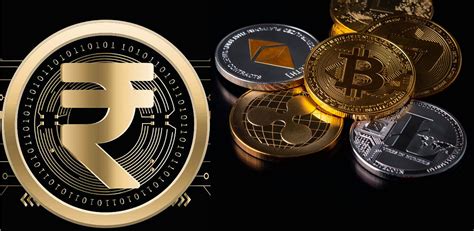Understanding the Fluctuation: A Tale of Two Giants
The economies of India and the United States have been intertwined for decades, with their currencies serving as barometers of their respective economic health. The exchange rate between the Indian rupee and the US dollar, which has witnessed significant fluctuations over the years, stands as a testament to the dynamic nature of this relationship.

Table 1: Historical Exchange Rate Trends
| Year | Average Exchange Rate (USD/INR) |
|---|---|
| 2000 | 44.94 |
| 2005 | 43.70 |
| 2010 | 45.32 |
| 2015 | 63.52 |
| 2020 | 74.23 |
As these figures illustrate, the rupee has experienced a gradual decline against the dollar over the past two decades. This trend is largely attributed to India’s widening trade deficit, which has put pressure on the value of the rupee.
Factors Shaping the Exchange Rate
The exchange rate between the rupee and the dollar is influenced by a complex interplay of economic factors, including:
- Inflation: Higher inflation in India leads to a weaker rupee, as investors seek refuge in the more stable US dollar.
- Interest Rates: Higher interest rates in the United States make the dollar more attractive to investors relative to the rupee.
- Trade Balance: India’s trade deficit with the United States contributes to the weakening of the rupee.
- Foreign Direct Investment: Increased foreign investment in India can strengthen the rupee by bringing in foreign currency.
- Political Stability: Political stability and economic growth in India can boost the rupee’s value.
Implications for Business and Trade
The fluctuating exchange rate has far-reaching implications for businesses and trade between India and the United States.
- Imports: A weaker rupee makes imports from the United States more expensive, potentially impacting on business profitability.
- Exports: A stronger rupee makes Indian exports more competitive in the US market, benefiting exporters.
- Tourism: A weaker rupee encourages tourists from the US to visit India, boosting the tourism industry.
- Investment: Currency stability and favorable economic conditions in India attract foreign investors, supporting economic growth.
Future Outlook: A Balancing Act
Looking ahead to 2025, the outlook for the rupee-dollar exchange rate remains uncertain. However, several factors suggest a potential for stabilization or even a strengthening of the rupee:
- Government Policies: The Indian government is implementing policies aimed at reducing the trade deficit and promoting economic growth.
- Strong Economic Growth: India’s economy is projected to grow at a steady pace, supported by rising consumer spending and investment.
- Reduced Inflation: The Reserve Bank of India is committed to controlling inflation, which should support the rupee’s value.
- Increased Investment: Foreign direct investment is expected to continue to flow into India, boosting the value of the rupee.
FAQs
1. Why is the rupee getting weaker against the dollar?
The rupee’s weakening is primarily due to India’s trade deficit, higher inflation, and interest rate differentials.
2. What can the Indian government do to strengthen the rupee?
The government can implement policies to reduce the trade deficit, control inflation, and attract foreign investment.
3. How will a weaker rupee impact businesses and trade?
A weaker rupee makes imports more expensive and exports more competitive, potentially impacting business profitability and trade.
4. What is the future outlook for the rupee-dollar exchange rate?
Factors such as government policies, economic growth, and inflation suggest a potential for stabilization or even strengthening of the rupee.
Conclusion: A Dynamic Partnership
The complex and ever-evolving relationship between the Indian rupee and the US dollar reflects the dynamic nature of the global economy. As India continues to grow and develop, the value of its currency will continue to be shaped by a multitude of economic factors. Understanding the dynamics of the exchange rate is crucial for businesses, investors, and policymakers alike, as it plays a pivotal role in shaping the flows of trade and investment between the two countries.


